In the deep, winding waterways of the Amazon Basin, a creature of almost mythical allure silently glides beneath the surface—the Amazon River dolphin, or “boto,” better known for its distinctive pink hue. Capturing the imaginations of locals and visitors alike, these dolphins represent an intriguing intersection of myth, science, and the unique ecosystems of the world’s largest rainforest. This article will explore the mystical presence of the pink river dolphins, revealing their fascinating biology, behaviors, and the current conservation challenges they face.
A Brief Overview of the Amazon River Dolphin

The Amazon River dolphin (Inia geoffrensis) is one of the few freshwater dolphins in existence. Unlike their oceanic relatives, these dolphins thrive in the freshwater ecosystems of South America. Found primarily in the Amazon and Orinoco river basins, they navigate the dense network of rivers, living in harmony with the vibrant flora and fauna of the region.
Distinctive Characteristics
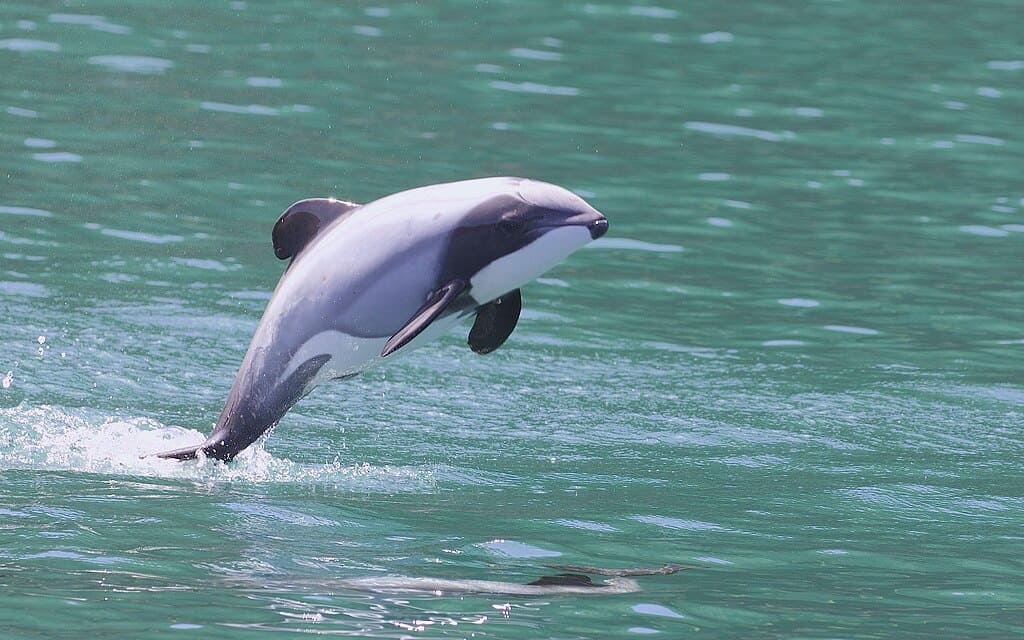
Unlike most dolphins, the Amazon River dolphin possesses a peculiar body structure. They have long, slender snouts ideal for rooting in the riverbed, and flexible necks enabling dexterous movement through submerged forests. Their small, rounded dorsal fins and paddle-like flippers set them apart, perfectly adapted for life in turbulent, cluttered waters.
The Mystery of Their Pink Coloration
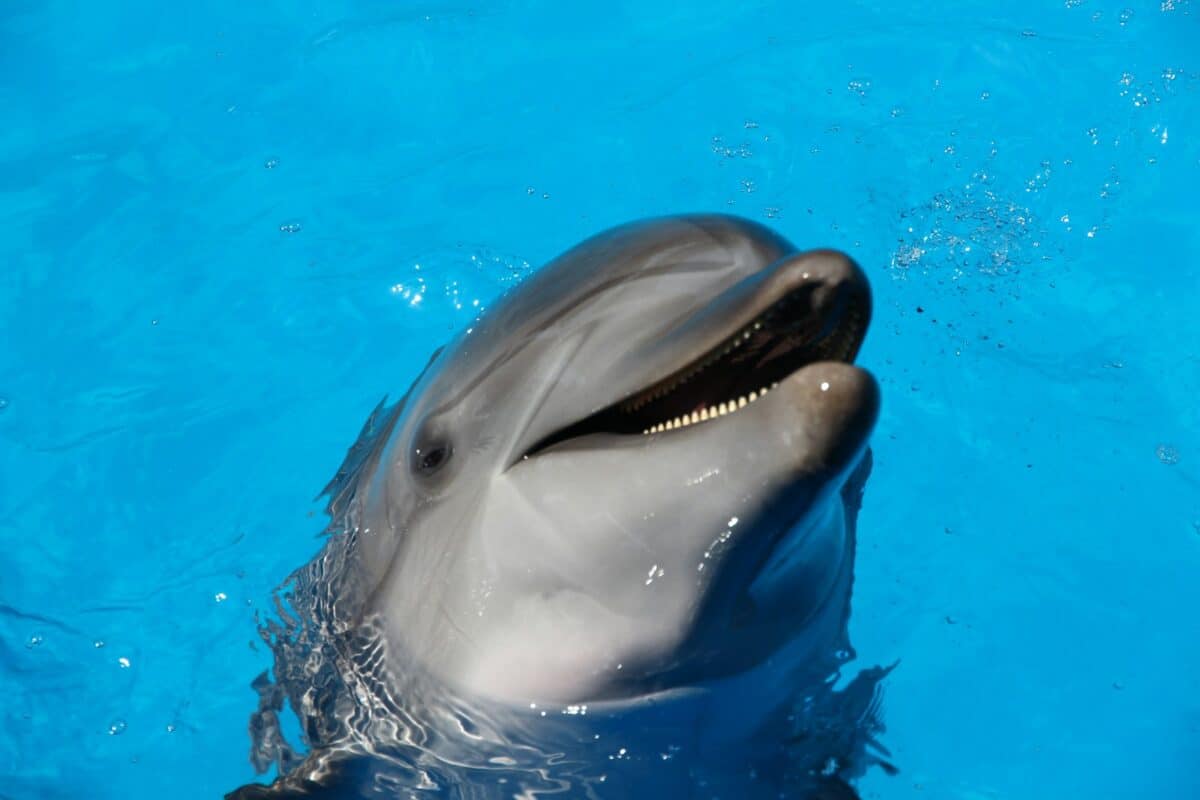
The most remarkable trait of these dolphins is their pink coloration, which varies according to age, health, and basin location. While young dolphins generally appear gray, they can turn more pink as they age—perhaps due to capillary development or repeated abrasions stirring up strong pigmentation, though their mysterious hues continue to stir scientific debate and local folklore alike.
Social Structure and Behavior

The social lives of pink river dolphins differ notably from other dolphin species. While many dolphin species form large, close-knit pods, the Amazon River dolphin tends to be more solitary or form small, fluid groups. Despite their solitary tendencies, they are known for their curiosity and friendly interactions with humans.
An Adaptable Diet
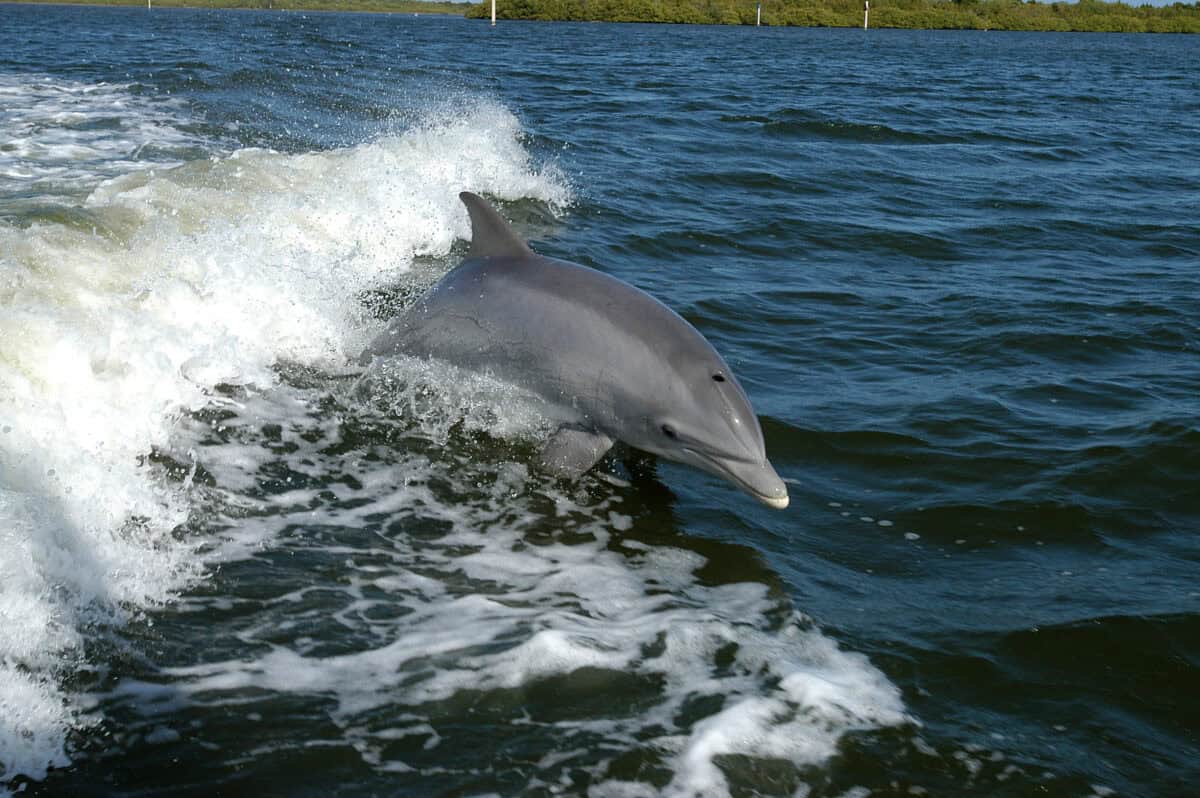
These dolphins are opportunistic feeders, their diet varying with the seasonal changes of the river ecosystem. From fish and crustaceans to small river turtles, their varied diet reflects their adaptability and necessary role in maintaining the ecological balance of their habitat.
Cultural Significance and Legends

The mystical aura surrounding these dolphins has birthed numerous local legends. Indigenous myths depict them as enchanted beings with the ability to transform into handsome young men called “boto encantado” to seduce young women, underscoring the deep cultural connection and superstition toward these unique creatures.
Conservation Challenges
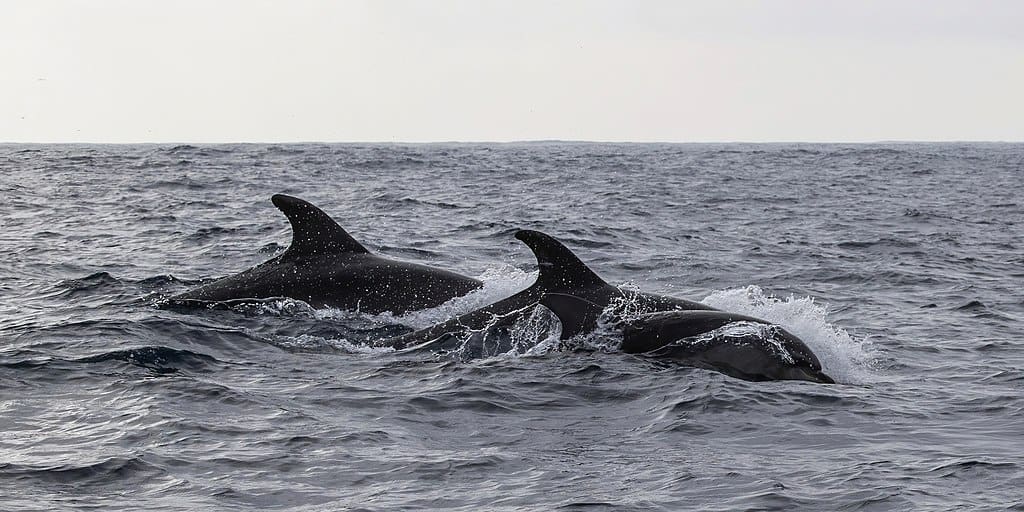
Despite their seemingly otherworldly strength, pink river dolphins face considerable threats. Habitat destruction, pollution, and incidental capture in fishing gear threaten their populations. Recent studies highlight a worrying decline, making conservation efforts more critical than ever.
Conservation Efforts and Initiatives
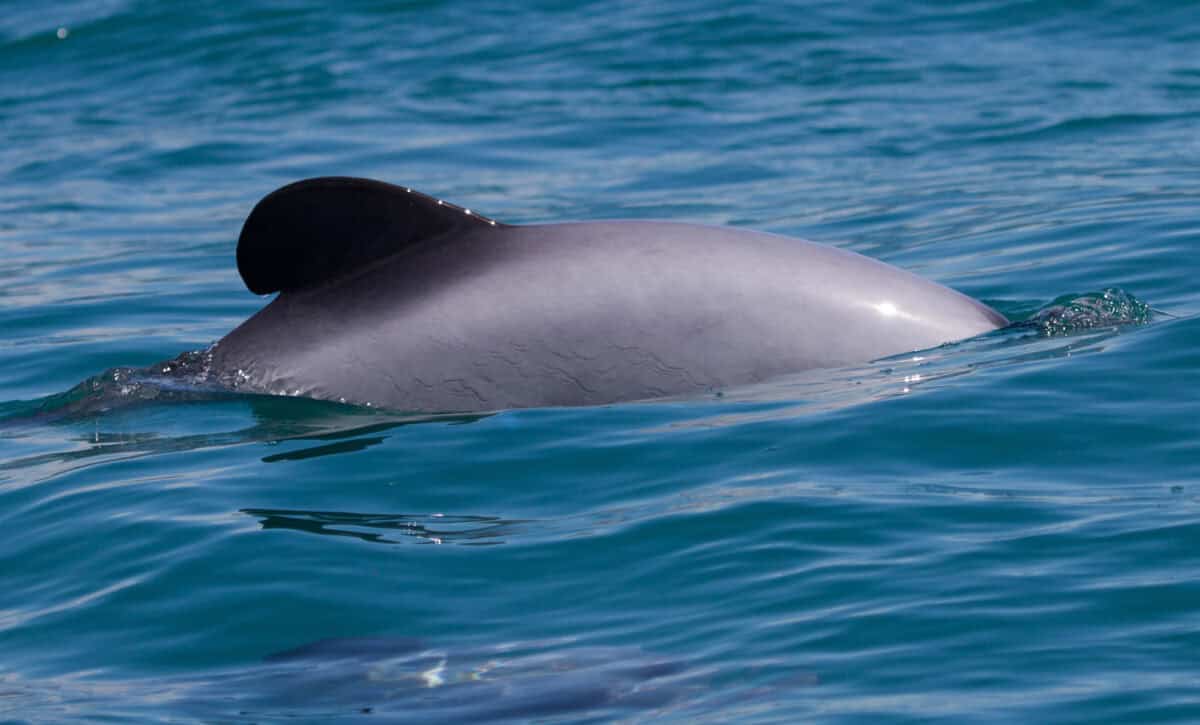
Efforts to preserve these incredible creatures involve both local and international initiatives, focusing on sustainable fishing practices, pollution reduction, and protected areas. Educating local communities about their ecological value and cultural heritage is also crucial for the long-term survival of the species.
The Role of Research and Technology
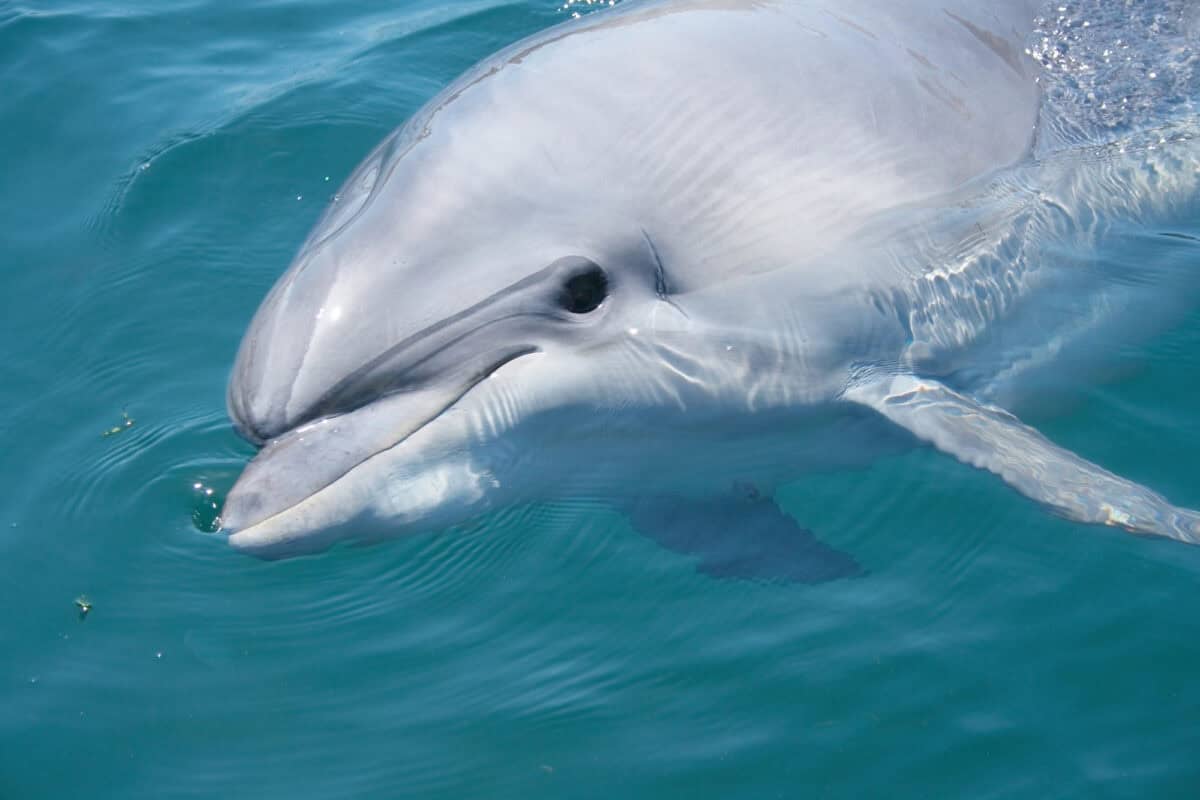
Research initiatives utilizing satellite tagging and acoustic monitoring are beginning to shed light on the elusive lives of pink river dolphins, providing vital data to inform conservation strategies. These technological advances are crucial tools in developing a deeper understanding of their habits and needs.
Visiting the Amazon Eco-Tourism and Its Impact

While the urge to experience these majestic creatures in their natural habitat beckons many, eco-tourism must be approached responsibly. Well-managed tours can fund conservation efforts and encourage local economic support, provided they prioritize the welfare of the dolphins and their environment.
What You Can Do to Help
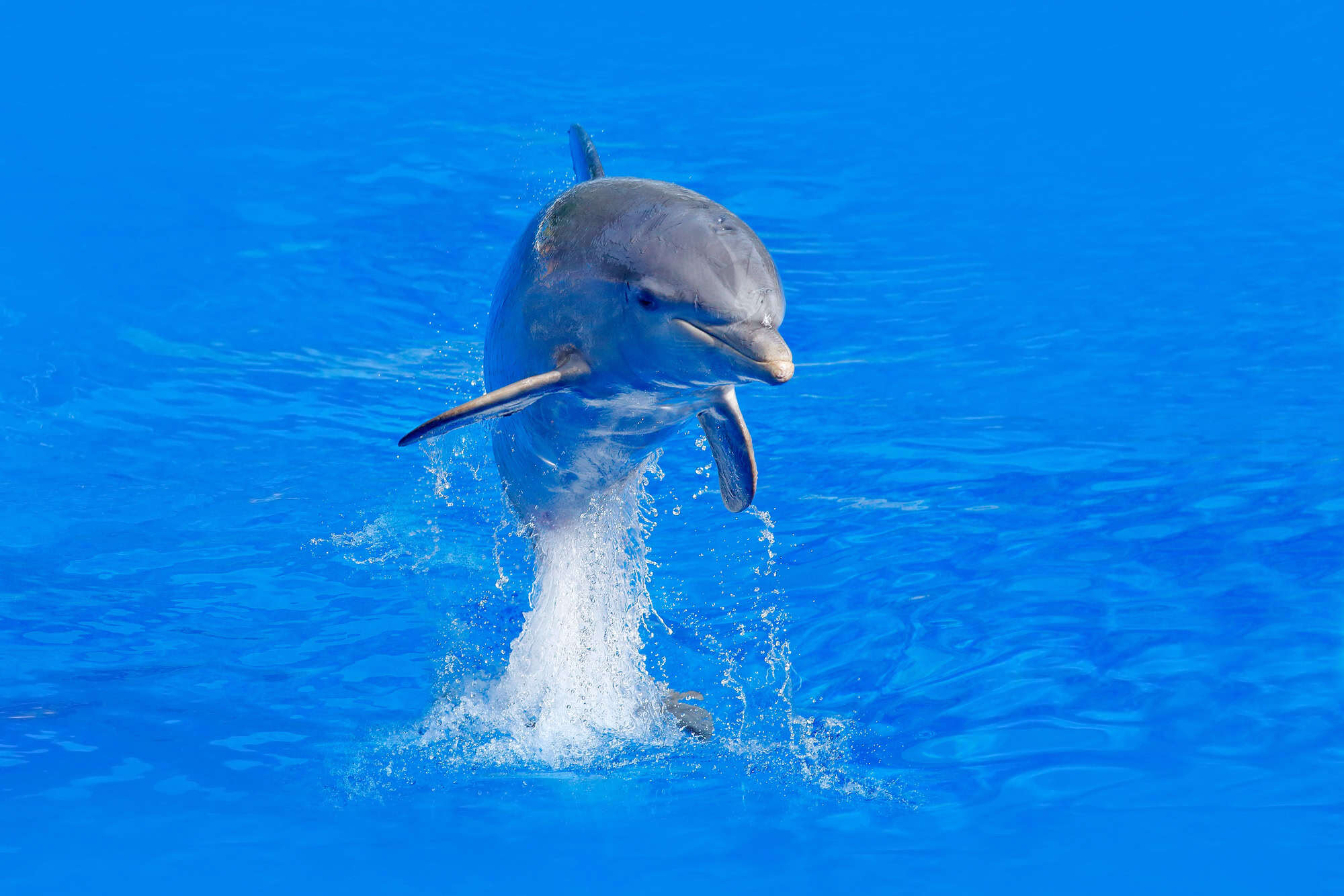
Individuals can contribute to the survival of pink river dolphins by supporting responsible charities and conservation programs, advocating for environmental policies that protect river ecosystems, and spreading awareness of the critical issues impacting these enchanting animals.
Conclusion: A Call to Protect a Living Legend

The pink river dolphins of the Amazon stand as a symbol of nature’s unfathomable creativity and the delicate balance within the world’s vital ecosystems. By understanding and preserving these creatures, we not only honor a remarkable species but also protect the health and diversity of the planet’s most critical habitats. Their fate serves as a poignant reminder of our shared responsibility to safeguard the wonders of the natural world for generations to come.
- 14 Dog Breeds That Love to Cuddle - August 9, 2025
- 11 Signs Your Horse Might Be Bored - August 9, 2025
- Jurassic World Dominion Dinosaurs - August 9, 2025

